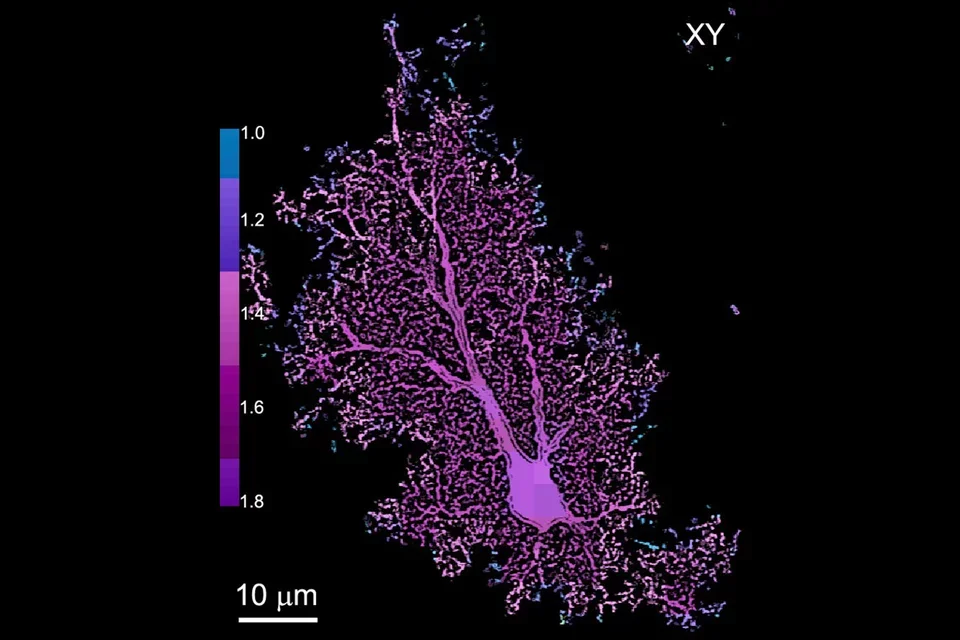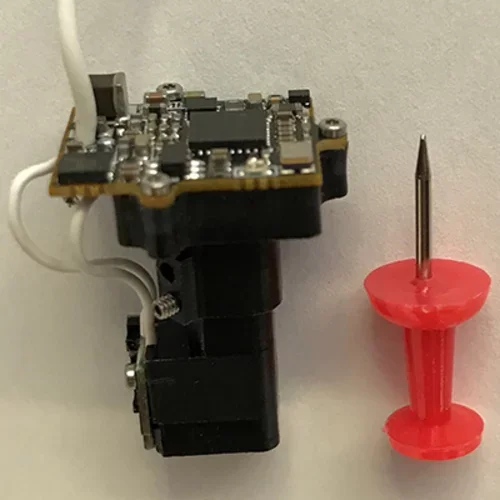Glial Cells
What Are Glial Cells?
Glial Cells Function
Around 40% of all cells in the brain are a type of star-shaped glial cell called astrocytes. Astrocytes were first documented by neuroanatomists around 140 years ago, and for a long time these glial cells were considered the “glue” that held the brain together. With recent advances, far from being a uniform glue, astrocytes are emerging as specialized contributors of brain physiology and disease. However, astrocytes remain largely understudied and relatively little is still known about this, “the other half” of the brain.
Twentieth century neuroscience was dominated by neuronal studies, because electrophysiology provided a precise way to study electrical activity in neurons. In contrast, astrocytes are electrically silent. Thus, experimental studies of these specialized glial cells, astrocytes, lagged behind those of neurons by decades, because electrophysiology was not the appropriate tool with which to study them.

Astrocytes, specialized glial cells, are remarkably complex with structures that give rise to characteristic bushy appearances.
If diseases are complicated, we have a responsibility to understand that complexity.

A miniature microscope used to image neuronal activity in vivo following astrocyte-specific manipulations.
Driven To Understanding What These Glial Cells Do
Bal Khakh’s lab studies the basic biology of astrocytes and their roles in brain diseases. Using a variety of state-of-the-art approaches, they evaluate, in detail, astrocyte molecular and functional properties in major brain circuits. They are exploring how astrocytes regulate the basal ganglia circuitry and how these functional interactions lead to changes in behavior. They also determine how astrocytes diversify molecularly and functionally in mouse models of brain diseases and thus seek to ascertain whether targeting specific astrocyte mechanisms can produce ameliorating effects in brain disorders. Their long-term goal is to capitalize on knowledge of astrocyte biology to develop new therapeutic strategies for psychiatric and neurological disorders. A parallel goal is to determine how astrocytes contribute to the functioning of the brain as an organ.
Astrocytes And Brain Diseases
Evidence is emerging that astrocytes are involved in a disease called amyotrophic lateral sclerosis (ALS or Lou Gehrig's disease) and Huntington's disease. Both are severe and incurable degenerative diseases. The gene defect that causes Huntington's disease was discovered decades ago, and researchers know the defect results in a mutant protein containing expanded stretches of one amino acid called glutamine.
Mouse models of the disease have revealed that astrocytes also carry this mutant protein. Dr. Khakh has found that the mutant protein in astrocytes contributes to high levels of activity in neighboring neurons. This elegant finding suggests for the first time, a simple mechanism for how astrocytes could regulate neurons in Huntington's disease. Knowing that this mechanism contributes to disease could lead to therapies that address the defect.
"If diseases are complicated, we have a responsibility to understand that complexity," Khakh explains. "Part of the complexity certainly involves these cells. To break through that wall of failure in drug discovery for brain diseases, we really have a strong responsibility to understand all of the cells that take part in disease processes. What makes UCLA unique is that we have a core group of people here driven to understanding what these glial cells do. It's an exciting time to do it, and this is an exciting place to be doing it."
